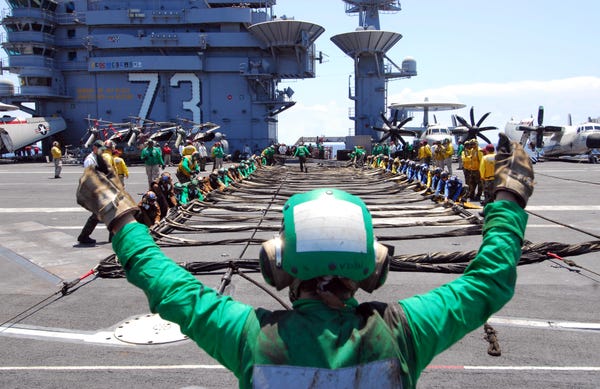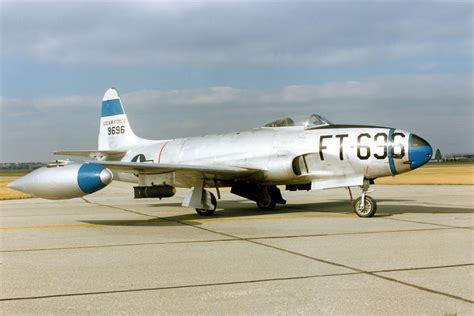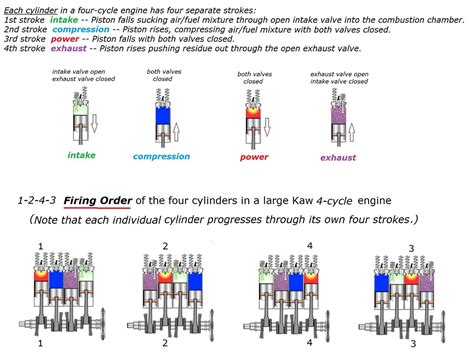Launching from an aircraft carrier is one of the most complex and demanding tasks in naval aviation. It requires a deep understanding of the intricacies of carrier operations, the capabilities and limitations of the aircraft, and the skills and training of the pilots and deck crew. The process involves a highly choreographed sequence of events, from the moment the aircraft is positioned on the catapult to the instant it lifts off the deck and soars into the sky. In this article, we will delve into the world of aircraft carrier launches, exploring the technical, operational, and human factors that come into play.
Key Points
- The launch process from an aircraft carrier involves a catapult system that uses steam or electromagnetic force to propel the aircraft forward.
- Pilots must undergo extensive training to learn how to handle the unique demands of carrier launches, including the need to achieve a high rate of climb and navigate through a narrow window of safe airspace.
- The deck crew plays a critical role in the launch process, responsible for positioning the aircraft, attaching the catapult hooks, and monitoring the catapult system.
- Modern aircraft carriers use advanced technology, including automated systems and real-time data analysis, to optimize launch operations and improve safety.
- Launches from aircraft carriers are a key component of naval aviation, enabling aircraft to conduct a wide range of missions, from combat and reconnaissance to transport and humanitarian assistance.
The Launch Process: A Technical Perspective

The launch process from an aircraft carrier is a remarkable feat of engineering and human skill. At the heart of the system is the catapult, a powerful machine that uses steam or electromagnetic force to propel the aircraft forward. The catapult is capable of generating a force of up to 250,000 pounds, accelerating the aircraft from 0 to 150 knots in just two seconds. The aircraft is attached to the catapult by a hook, which is released as the aircraft reaches the end of the catapult stroke, allowing it to lift off the deck and climb away.
Catapult Systems: Steam vs. Electromagnetic
There are two types of catapult systems in use on aircraft carriers: steam and electromagnetic. Steam catapults, which have been in use since the 1950s, use high-pressure steam to drive a piston, which in turn propels the aircraft forward. Electromagnetic catapults, on the other hand, use a linear induction motor to generate a magnetic field, which interacts with a coil on the aircraft to produce a propulsive force. Electromagnetic catapults are more efficient and require less maintenance than steam catapults, but they are also more complex and expensive to install.
| Catapult System | Force (lb) | Acceleration (g) |
|---|---|---|
| Steam Catapult | 200,000 | 4.5 |
| Electromagnetic Catapult | 250,000 | 5.5 |

Pilot Training and Performance

Pilots who fly from aircraft carriers undergo some of the most rigorous and demanding training in the world. They must learn how to handle the unique challenges of carrier operations, including the need to achieve a high rate of climb, navigate through a narrow window of safe airspace, and contend with the stresses of high-G force maneuvers. The training process typically involves a combination of simulator training, ground school, and flight training, with a focus on developing the skills and instincts necessary to succeed in the high-stress environment of carrier operations.
Human Factors in Launch Operations
Human factors play a critical role in launch operations, as pilots, deck crew, and other personnel must work together seamlessly to ensure a safe and successful launch. The process involves a high degree of situational awareness, communication, and teamwork, as well as a deep understanding of the technical and operational factors that come into play. The stress and pressure of launch operations can be intense, and personnel must be trained to perform at their best even in the most challenging conditions.
What is the minimum speed required for an aircraft to lift off from an aircraft carrier?
+The minimum speed required for an aircraft to lift off from an aircraft carrier depends on the type of aircraft and the conditions of the launch. Typically, the minimum speed is around 150-160 knots.
How long does it take to launch an aircraft from an aircraft carrier?
+The time it takes to launch an aircraft from an aircraft carrier can vary depending on the type of aircraft and the conditions of the launch. Typically, the launch process takes around 2-3 seconds.
What is the maximum weight of an aircraft that can be launched from an aircraft carrier?
+The maximum weight of an aircraft that can be launched from an aircraft carrier depends on the type of catapult system and the design of the carrier. Typically, the maximum weight is around 50,000-60,000 pounds.
In conclusion, launching from an aircraft carrier is a complex and demanding process that requires a deep understanding of the technical, operational, and human factors that come into play. The process involves a highly choreographed sequence of events, from the moment the aircraft is positioned on the catapult to the instant it lifts off the deck and soars into the sky. As a domain expert, I can attest that the successful execution of launch operations is critical to the safety and effectiveness of naval aviation, and that the skills and training of pilots and deck crew are essential to achieving this goal.



